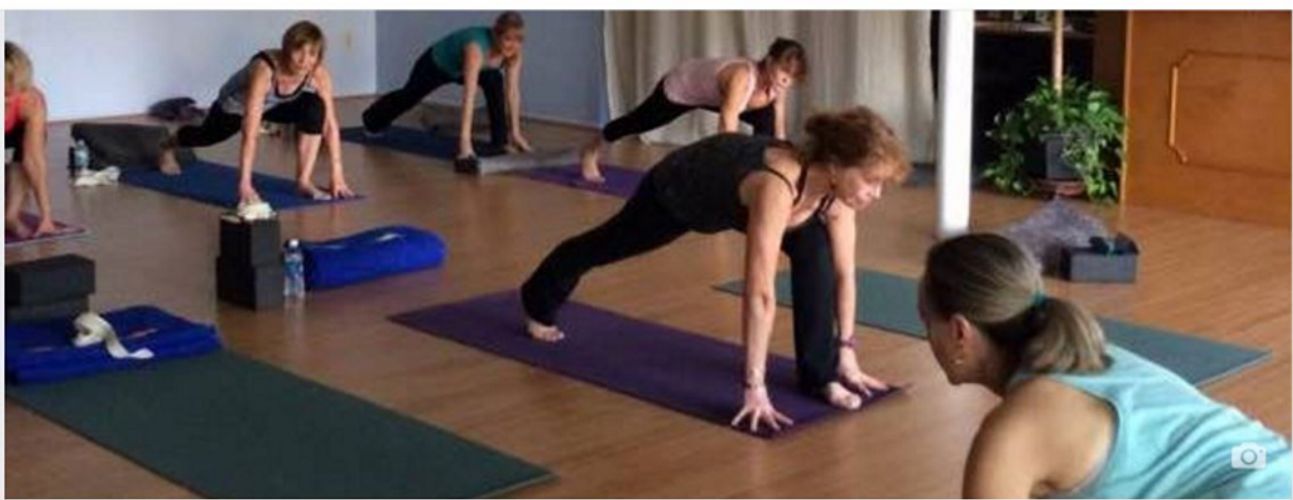There is a big misconception that in order to do yoga, one must already be flexible and fit. Most yoga teachers have heard again and again from people, "Oh, I could never do yoga, I'm not flexible." The reality is that before starting a regular yoga practice, most people are not very flexible. Most people are tight and stiff, have aches and pains, and are stressed from over-working and not getting enough physical activity or movement throughout the day.
Here's where a yoga practice can help! When people start to practice yoga, they typically notice a few things right away- their legs are so tight they can barely touch their knees when standing and bending over. When sitting in a chair or on the floor, it is very hard to maintain a good upright posture-even with the support of a wall or the chair back. They notice that it is hard to maintain a slow and steady breath pattern. But after just a few practice sessions, all of these things become easier. When you start a yoga practice, you'll notice big shifts right away. You'll be surprised at how much stronger your upper body is than you might think. You'll learn how to control your breath, which can help you stay cool and collected during a stressful interaction with someone at home or at work. You'll learn how to conciously relax your muscles, even the ones you didn't think were tense.
People from all walks of life practice yoga. People of all ages, sizes, socioeconomic backgrounds and religions. From prenatal yoga to power yoga to restorative yoga, there is a class out there that can suit your needs. Yoga should meet you where you are, and gently encourage you to expand your horizons.
Some of the benefits of yoga may include: increased range of motion, better balance, improved mood, decrease of stress, lower blood pressure, muscle toning and strengthening, better posture, improved coordination, greater focus and concentration, core strength. Some of the great "side effects" of yoga are making new friends, learning a new language (many yoga classes are taught using Sanskrit names of the poses), learning Eastern philosophy, hearing relaxing music, and feeling blissful. For some, yoga helps them get a new outlook on life, as they learn to look more closely at who they are and what they are capable of, while simultaneously letting go of self-limiting thoughts and behaviors.
There are LOTS of places to practice yoga. Gyms, YMCAs, parks, yoga studios, wellness centers, beaches, community centers and in your own living room. Specialty yoga classes and events are popping up everywhere, in breweries, animal shelters, rooftops and goat farms! The library and the internet are great resources for finding yoga books and videos that you can practice along with. Learning from a certified yoga instructor will help ensure that you stay motivated, learn good technique, and protect yourself from common injuries as you begin your yoga journey. Introductory yoga classes are a great way to meet other people who are new to yoga, which can help reduce that feeling of "everyone is better at this than I am." Classes at gyms and fitness centers often mostly focus on the physical aspects of yoga- doing the yoga poses and flows in order to get a physical workout. Classes at yoga studios will also give your body a workout, but may also include more of the mental aspects of yoga, including meditation, philosophy, and self-inquiry. Choose a venue that is easy to get to, and you'll be more successful at maintaining a regular practice. Choose a style and teacher that you resonate with, and you'll find yourself embarking on a practice that can last you a lifetime.
What holds you back from giving yoga a try?
Written by Cheryl Chaffee, E-RYT500, owner/director of Garden of the Heart Yoga Center.













